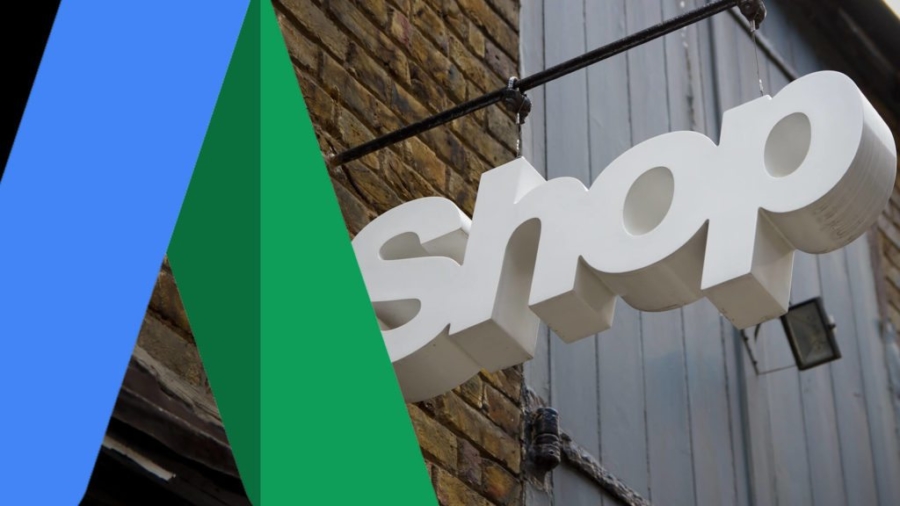There are plenty of articles out there claiming to have some sort of quick fix or tip to exponentially boost your AdWords campaigns. In certain case studies these hints may have actually been incredibly successful, but that
- Home
With the recent launch of a new Google AdWords interface and updates, it will become essential for businesses, marketers, agencies, etc. to adapt to an ever changing world of digital marketing. After watching Google's AdWords webinar on
[fusion_builder_container hundred_percent="no" equal_height_columns="no" hide_on_mobile="small-visibility,medium-visibility,large-visibility" background_position="center center" background_repeat="no-repeat" fade="no" background_parallax="none" parallax_speed="0.3" video_aspect_ratio="16:9" video_loop="yes" video_mute="yes" overlay_opacity="0.5" border_style="solid"][fusion_builder_row][fusion_builder_column type="1_1" layout="1_1" background_position="left top" background_color="" border_size="" border_color="" border_style="solid" border_position="all" spacing="yes" background_image="" background_repeat="no-repeat" padding="" margin_top="0px" margin_bottom="0px" class="" id="" animation_type="" animation_speed="0.3" animation_direction="left" hide_on_mobile="small-visibility,medium-visibility,large-visibility" center_content="no"
Now out of beta, similar audiences for Search enables advertisers to target users searching for the same kinds of things as recent site visitors. (more…)
Image Search recently launched “Similar items” on mobile web and the Android Search app. The “Similar items” feature is designed to help users find products they love in photos that inspire them on Google Image Search. Using
Onimod Global shares how the company says thousands more advertisers will gain access to store visits data as a result of improved measurement techniques and machine learning-powered modeling. (more…)
This 11-plus-minute video by Google's Maile Ohye explains what questions to ask and what to look for during that hiring process of an SEO consulting firm, including useful insights, red flags and more. (more…)
We just had some Google algorithm update a week ago potentially targeting spammy links I believe. And now a week later, around February 7th, yesterday, it seems there was another algorithm update. This update doesn't seem specific
Google has finally released Mobile-Friendly Test API for webmasters so developers can now build their own tools around the mobile-friendly testing tool to see if pages are mobile-friendly. Google’s John Mueller said, “The API method runs all















